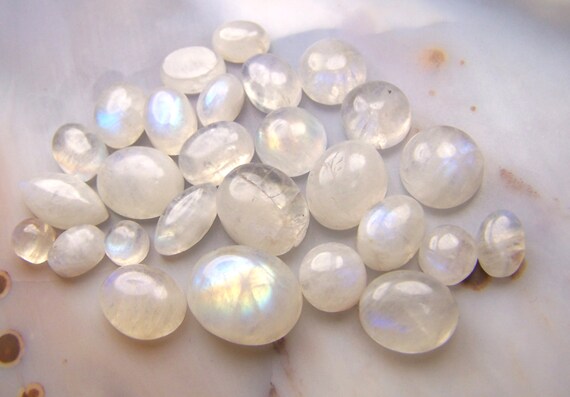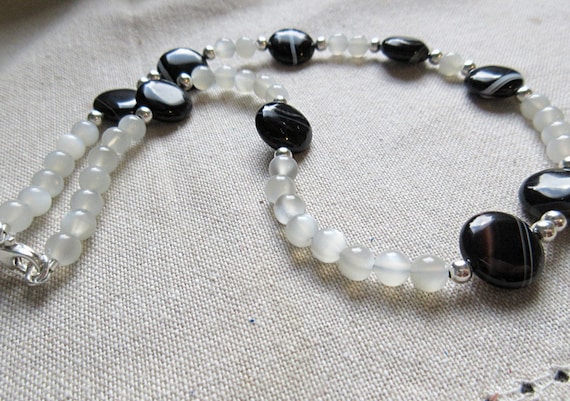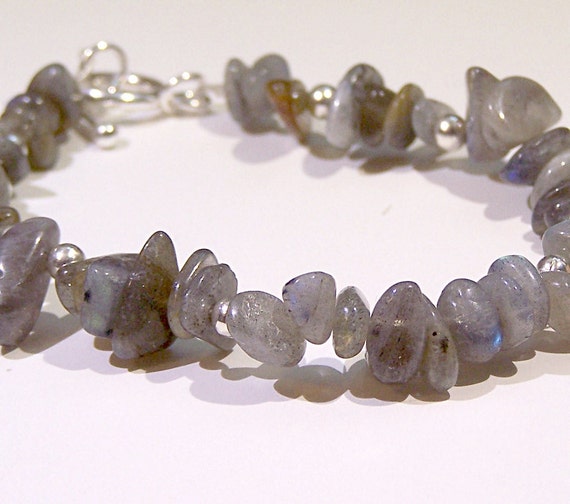As I mentioned on Twitter a few days ago, June has a lot of associated birthstones with it. The original 1912 Kansas City list, for whatever reason, came up with two stones for half of the months. When they updated the list in 2002, June and December each had three. And since the Tiffany & Co. list gives agate as June's birthstone, that leaves June with a whopping four (!!) birthstones. I've covered three of them already: alexandrite, agate, and pearls. Now for the remaining gem: moonstone!
Moonstone is a feldspar, a kind of silicate mineral that crystallizes out of magma. Feldspars are the most common minerals in the Earth's crust—after that is our old favorite, quartz. Both are silicates; the difference between feldspars and quartz largely comes down to the presence of potassium, aluminum, and sodium in feldspars.
Moonstone in particular has alternating layers of two different kinds of feldspar: albite and orthoclase.
 |
| Orthoclase, courtesy Archeodontosaurus |
_Island%2C_Greece.jpg) |
| Albite, courtesy Rock Currier |
The other great example of schiller in gemstones is labradorite (also a feldspar):
You can find labradorite that looks an awful lot like moonstone. Rainbow moonstone, for example, is technically labradorite (but no less stunning for the misnomer).
 |
| Rainbow moonstone cabochons from Coyote Rainbow |
More recently, moonstone became popular during the Art Nouveau movement. And after America's space obsession in the 1960s, it became the official state gem of Florida (home of the Kennedy Space Center in Cape Canaveral).
As moonstone is relatively soft (a 6 on the Mohs scale), it should be treated with care. If you need to clean a moonstone piece, use warm water and a soft brush. If that's not enough, add just a touch of mild detergent. Avoid using ultrasonic cleaners—this may damage the stone due to moonstone's natural cleavage and cracks. Be careful about storing them alongside harder stones, like rubies, diamonds, or garnets. Extreme changes in temperature might also damage moonstone.
 |
| Avogadro's number in moonstone and black banded agate by Kokoba |



No comments:
Post a Comment